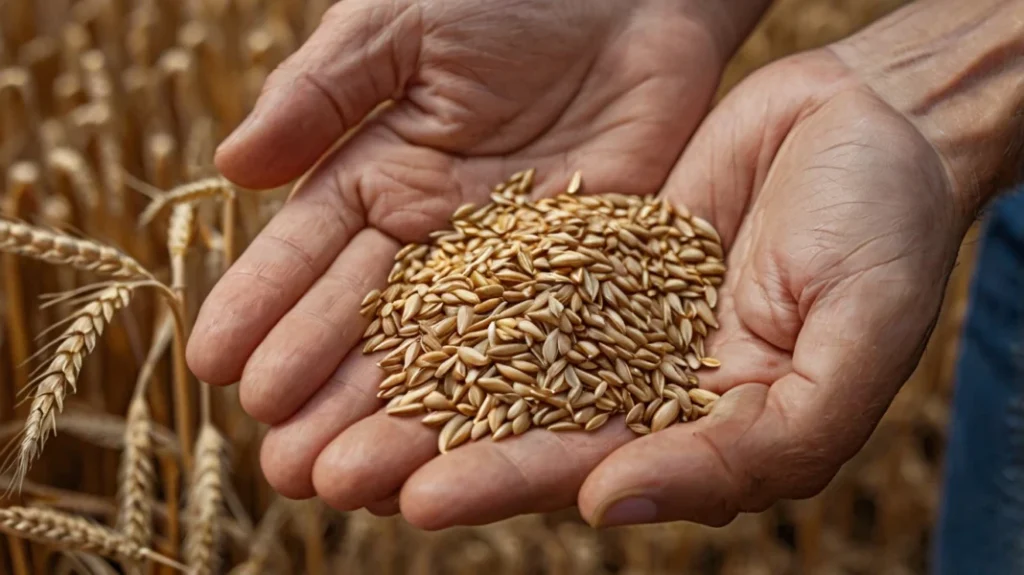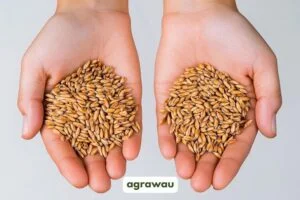
What is Agrawau?
Agrawau is a culturally significant term that encompasses a variety of traditional practices, artisanal crafts, and communal rituals. This concept primarily has its roots in the historical fabric of various indigenous communities, where it has served as an embodiment of identity and heritage. The origins of agrawau date back centuries, deeply intertwined with the lifestyle, beliefs, and values of the people who honor its traditions. As a living cultural phenomenon, agrawau has evolved yet retained its essence, adapting to modern contexts while preserving its core attributes.
Historically, agrawau was not merely a set of practices but a comprehensive system of shared knowledge, passed down through generations. Each community has its unique interpretation of agrawau, showcasing local artistry, language, and belief systems. The significance of agrawau lies in its role as a vessel of storytelling, where elders would pass on tribal wisdom through ceremonies that celebrate nature, agriculture, and communal harmony. Over time, as societies progressed, the manifestations of agrawau transformed, integrating contemporary elements while still respecting age-old traditions.
In contemporary society, agrawau is of considerable relevance. It serves as a crucial lens through which communities can articulate their cultural identities in an increasingly globalized world. Initiatives focus on reviving and promoting agrawau practices, fostering appreciation for local artisans, and engaging younger generations. By connecting past and present, agrawau continues to play a pivotal role in cultural preservation while encouraging inclusivity and respect. The resurgence of interest in agrawau reflects a broader recognition of the importance of understanding and appreciating diverse cultural heritages that contribute to the human experience.
The Cultural Significance of Agrawau
Agrawau holds a profound cultural significance within the communities that celebrate its traditions, serving as a cornerstone of various rituals and festivals that connect individuals with their heritage. The essence of agrawau can be observed during significant community events where it acts not merely as a practice but as an embodiment of collective identity and social cohesion. The cultural landscape enriched with agrawau reveals how intertwined the practice is with the lives of the individuals, showcasing their values, beliefs, and shared histories.
During festivals such as the annual Agrawau Festival, members of the community come together to partake in traditional dances, storytelling sessions, and culinary practices, all rooted in the heritage of agrawau. These events fulfill multiple roles; they provide entertainment, reinforce traditions, and importantly, foster a sense of belonging among participants. In sharing stories of ancestors who embraced agrawau, community members pass down wisdom and values, nurturing a connection across generations.
The role of agrawau extends beyond mere celebration; it serves as a medium for ritualistic expressions that mark significant life milestones—births, weddings, and initiations. Each event involving agrawau is steeped in symbolic meaning, reflecting the community’s aspirations and beliefs. For instance, during weddings, the incorporation of agrawau traditions emphasizes the importance of unity and family, often culminating in shared prayers and blessings that highlight the spiritual dimensions of the practice.
Insights from participants illustrate the depth of meaning embedded in these traditions. For many, engaging in agrawau rituals not only symbolizes their connection to the community but also acts as a reaffirmation of their identity in a rapidly changing world. By nurturing these practices, communities ensure that the spirit of agrawau continues to thrive, adapting to contemporary realities while retaining its rich heritage. Overall, the cultural significance of agrawau is a vivid reminder of the ties that bind people together, transcending time and circumstance.
Modern Interpretations of Agrawau
The evolution of agrawau in modern times presents a fascinating interplay between tradition and contemporary influences. Traditionally rooted in cultural significance, agrawau practices have begun to intertwine with modern sensibilities and lifestyles, reflecting a broader shift within various communities. As younger generations engage with their cultural heritage, they are innovating the expression of agrawau, leading to a dynamic reinterpretation of its essential elements.

In contemporary society, agrawau is frequently infused with diverse artistic styles, resulting in a rich tapestry of practices that resonate with today’s audiences. For instance, the incorporation of modern choreography and music into agrawau performances has broadened its appeal, creating a space where traditional dance meets modern artistic expression. This fusion fosters a renewed interest among youth, allowing them to engage with agrawau while expressing their personal identities.
Globalization further impacts the way agrawau is practiced and perceived. Increased connectivity has facilitated the exchange of ideas and traditions across borders, prompting communities to adapt their practices to fit global contexts. Social media serves as a crucial platform where enthusiasts can share interpretations of agrawau, prompting conversations about its relevance and adaptability in the contemporary world. While some hold fast to traditional forms, others advocate for evolution, suggesting that a rigid adherence to the past might hinder the practice’s relevance.
Despite these changes, many individuals remain dedicated to preserving agrawau’s foundational elements, maintaining its core values and teachings. Conversely, the younger generation’s desire to experiment reveals a duality that exists within the practice. In embracing both tradition and innovation, agrawau demonstrates a multifaceted identity, poised to attract future generations while honoring its rich legacy. This ongoing dialogue between the past and present is essential for the survival and growth of agrawau in an ever-changing cultural landscape.
How to Experience Agrawau
Experiencing agrawau firsthand provides a unique opportunity to engage with a vibrant cultural tradition that has deep historical roots. One of the most immersive ways to dive into this heritage is by attending local events that celebrate agrawau. These gatherings often feature traditional music, dance, and storytelling, allowing visitors to not only witness but also participate in the rituals that define this culture. Look for festivals or cultural showcases in areas known for their agrawau practices to get the full experience.
In addition to festivals, workshops focused on agrawau traditions can be incredibly enriching. Many local artisans and cultural institutions offer classes in crafts such as traditional weaving, pottery, or painting that embody agrawau aesthetics. Participating in these workshops provides a hands-on understanding of the skills and techniques passed down through generations, fostering a deeper appreciation for the tradition.
For those interested in a broader cultural tourism experience, consider exploring regions where agrawau is prominent. Guided tours often delve into the history and significance of agrawau elements prominent in architecture, marketplaces, and everyday life. Engaging with knowledgeable locals can enhance your understanding and provide insights that are not always available through traditional media.
It is essential to approach these experiences with respect and sensitivity. Engage with the local culture while being mindful of its significance and the perspectives of those who practice it. Communicating openly with community members and seeking permission when participating in certain practices reaffirms your respect for their heritage. This respectful approach not only honors the tradition of agrawau but also enriches your own experience, fostering meaningful connections and insights that last well beyond your visit.



